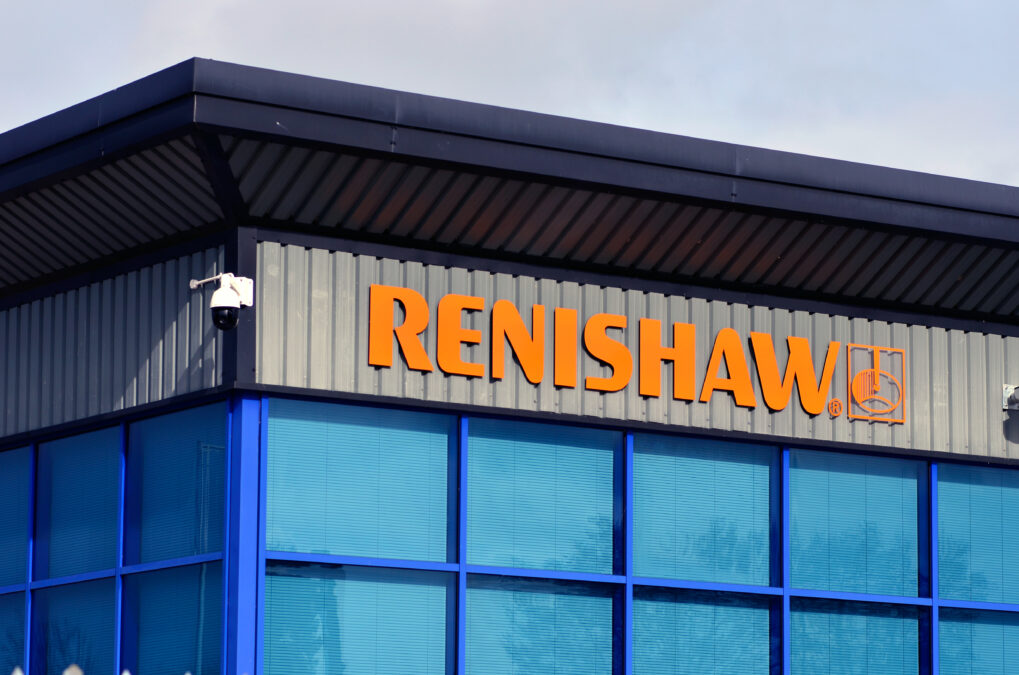25 April 2003 The launch of Microsoft Windows Server 2003 — as well as Visual Studio .Net 2003 and 64-bit SQL Server — was accompanied by testimonials from a number of early adopters. They spoke to Infoconomy about their projects.
Tesco.com is the online arm of supermarket chain Tesco. In the last three years alone, sales have increased from £50 million to £450 million, and in 2002, tesco.com posted a £12.2 million profit.
Mike McNamara, chief technology officer at Tesco.com, says the organisation has been a Microsoft-centric organisation since it was set up in the 1990s. Then, it ran its web site on early versions of Internet Information Server (IIS) running on Windows NT 4.0, while warehouse pickers received orders on in-house built applications developed with Visual Basic.
Now, the organisation is in the process of re-writing those Visual Basic applications in Microsoft’s C# language, after having upgraded its server farm to IIS 6.0 running on Windows Server 2003, a shift that has greatly improved reliability.
“We have stuck with Microsoft technology throughout. We now have a lot of experience with Microsoft, not all of it blissful,” said McNamara. Windows NT 4.0 simply was not very reliable, he said.
The London Stock Exchange is using 64-bit SQL Server 2000 running on 64-bit Windows Server 2003 to help with information delivery. The LSE has a three-tier model for the delivery of market data, says Mathew Wootton, the LSE’s head of information technology sales.
At the top, it sends out raw trading information, such as details on stock prices and trades, to some 96,000 clients worldwide. These are handled by a Hewlett-Packard Non-Stop Kernel-based system called London Market Information Link (LMIL). This system must send out that data within 0.3 seconds.
At the bottom, the LSE runs an NCR Teradata data warehouse of historical market information going back five years. This contains such details as minute-by-minute stock prices, as well as regulatory information.
The 64-bit Microsoft SQL Server 2000-based system sits in the middle. Its role is to provide near-instant value-added information. It takes the market data from LMIL, performs various calculations and then sends the results out to clients worldwide, based on their needs.
Sea Containers’ vice president of information services, Duncan Scott, plans to use the new operating system as the basis for a major shift to the Microsoft stack, moving applications from legacy platforms, such as HP’s OpenVMS, over to Microsoft, making the organisation Microsoft-centric from top-to-bottom.
Sea Containers has already migrated its Windows NT domains and Windows 2000 active directories over to a single Windows Server 2003 Active Directory in preparation. This will help the company better manage its Microsoft IT resources across the whole organisation.
Anton Pararajasingam, who led the migration, says that Microsoft has made Active Directory in Windows Server 2003 considerably easier to manage, enabling him to delegate management of certain portions of the directory tree down to the most appropriate levels.
Furthermore, it is also easier to merge the management of different directory trees, so that if Sea Containers acquires another company, for example, taking over the management of its users should not be too difficult, according to Pararajasingam .
More intriguingly, Scott suggests that at some point in the future, the company might also consider moving to Microsoft’s Navision financial software across the company.
While Navision is more commonly associated with the small and medium-sized business sector, it might be suitable for Sea Containers, said Scott, given the way that the company is organised into very distinct operating units.
Such a move is a long time in the future, he said, but it demonstrates how many organisations are looking to cut the complexity of their IT environments by consolidating around a single vendor’s software stack as far as reasonably possible.
But it is certainly not all one-way traffic for Microsoft. Tesco’s great rival Sainsbury’s has opted for the Sun Microsystems’ stack, running applications on a combination of Solaris and the Oracle database.





